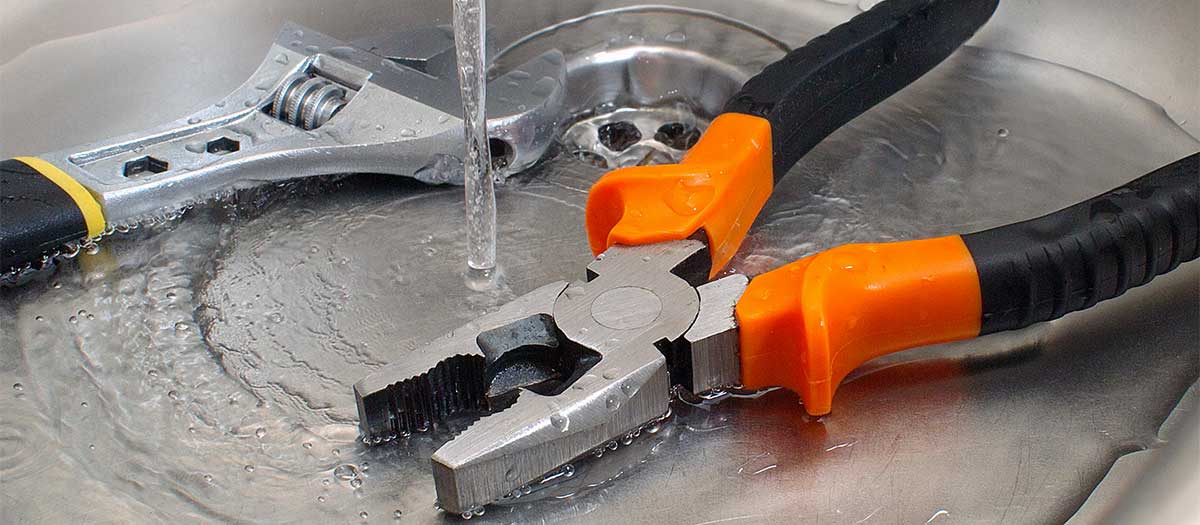This article down below in relation to Hacks to detect leaks is pretty much stimulating. Don't miss it.

Early detection of leaking water lines can reduce a potential calamity. Some tiny water leakages may not be visible.
1. Take A Look At the Water Meter
Every residence has a water meter. Inspecting it is a surefire manner in which aids you uncover leaks. For starters, turn off all the water sources. Ensure no one will certainly flush, utilize the faucet, shower, run the cleaning equipment or dish washer. From there, go to the meter and watch if it will certainly transform. Since no one is using it, there must be no movements. That indicates a fast-moving leak if it moves. Similarly, if you spot no changes, wait a hr or two and inspect back once again. This indicates you may have a slow-moving leak that can even be below ground.
2. Inspect Water Usage
If you find unexpected adjustments, in spite of your intake being the same, it suggests that you have leakages in your plumbing system. A sudden spike in your expense suggests a fast-moving leak.
On the other hand, a stable increase on a monthly basis, even with the exact same behaviors, shows you have a slow leak that's also gradually rising. Call a plumber to completely inspect your building, especially if you feel a cozy location on your floor with piping beneath.
3. Do a Food Coloring Examination
When it involves water intake, 30% comes from bathrooms. Test to see if they are running appropriately. Drop flecks of food shade in the container as well as wait 10 minutes. If the shade in some way infiltrates your bowl during that time without flushing, there's a leakage in between the storage tank and dish.
4. Asses Exterior Lines
Do not fail to remember to check your outside water lines as well. Needs to water leak out of the connection, you have a loose rubber gasket. One little leakage can squander bunches of water and also spike your water bill.
5. Examine and also Examine the Scenario
House owners should make it a behavior to examine under the sink counters and also also inside cabinets for any type of bad odor or mold and mildew development. These two red flags suggest a leakage so timely interest is called for. Doing routine examinations, also bi-annually, can conserve you from a major issue.
Check for discolorations and also damaging as many pipes and also appliances have a life span. If you think dripping water lines in your plumbing system, do not wait for it to escalate.
Early detection of dripping water lines can minimize a potential catastrophe. Some small water leaks might not be noticeable. Examining it is a proven means that helps you discover leaks. One tiny leakage can throw away tons of water and spike your water costs.
If you believe leaking water lines in your plumbing system, don't wait for it to intensify.
How to Know If Your Home Has a Hidden Leak
Water Meter Reveals Inexplicable Water Usage
If you’d like to test whether or not there’s a leak somewhere in your home, you can do this using your water meter. Here is how to conduct the test:
Don’t use any water in your home for at least 30 minutes; this also means not turning on faucets or water-using appliances.
Go outside, and check your water meter for activity.
If your water meter shows that there was activity, even though no one was using any water, this proves that there is a leak in your home.Visible Mold or Mildew Growth
Leaks behind walls create moist, dark environments that allow mold and mildew to grow and thrive. Eventually, you might see mold growth forming on the wall closest to a hidden leak.
If mold is growing in an area that receives a high amount of moisture, such as a bathroom, it may simply be an indication that better ventilation is needed. However, if you see mold growth on a wall or the ceiling in an area where you would not expect, you probably have a hidden leak.
Musty, Mildew Odor
Sometimes you might not be able to see the mold or mildew that is growing as a result of a leak. However, the smell can give the problem away just as easily. If you catch a whiff of something musty, there’s a good chance that old water is collecting somewhere in your home that you can’t see.
Stained/Warped Walls, Ceilings, or Floors
When your home soaks up water, a variety of red flags can become visible, including ceiling stains, bubbling drywall, warped walls, and sagging floors. While these issues can be caused by excess humidity, they can also be signs that a pipe or plumbing connection has started leaking behind your walls.
Inexplicably High Water Bill
After a while, you get a general sense for what your water bill should be. If you own a pool or sprinkler system, your bill will tend to be higher during summer. However, if you receive a water bill that seems especially high, and you can’t figure out what caused it, then you may have a hidden leak somewhere that’s increasing your bill.
https://www.plumbingjoint.com/blog/2019/july/how-to-know-if-your-home-has-a-hidden-leak/
.jpg)
I was brought to that article about Hacks to detect leaks through someone on a different web page. Sharing is nice. Helping people is fun. I praise you for your time. Please pay a visit to our site back soon.